Renewable energy system at Billenahosalli, Lakshmanapura Haadis lights up 73 houses
Microgrids present a comprehensive solution that can be community-owned, empowering communities to diversify livelihood options, improve income-generating opportunities and enhance health, education and mobility.
These microgrids, typically powered by clean fuels such as biodiesel, biogas and solar energy, are increasingly recognised as viable alternatives to centralised grids. They are especially valuable in off-grid, rural and remote areas, where the emphasis is on alternative fuels, net-zero emissions and renewable energy sources.
These systems are well-suited for remote electrification, high-altitude villages, small hamlets, green buildings and various commercial applications.
A solar/biodiesel-based microgrid was designed and established in Billenahosalli and Laskshmanapura tribal hamlets in Hunsur Taluk of Mysuru District. This project was undertaken by NIE-CREST (Centre for Renewable Energy and Sustainable Technologies) at The National Institute of Engineering, Mysuru and funded by Ashraya Hastha Trust, Bengaluru.
According to Prof. S. Shamsundar, Head, NIE-CREST, a total of 73 houses were electrified using this microgrid, which combines a 7.5 kVA biodiesel generator and an 8.7 kW solar PV system that has been operational since Jan. 17, 2024. A total of Rs. 30 lakh has been spent on the project.
The biodiesel for the generator is derived from non-edible seeds available in the tribal hamlets. This microgrid supplies power to all the houses and five streetlights 24 hours a day, 365 days a year.
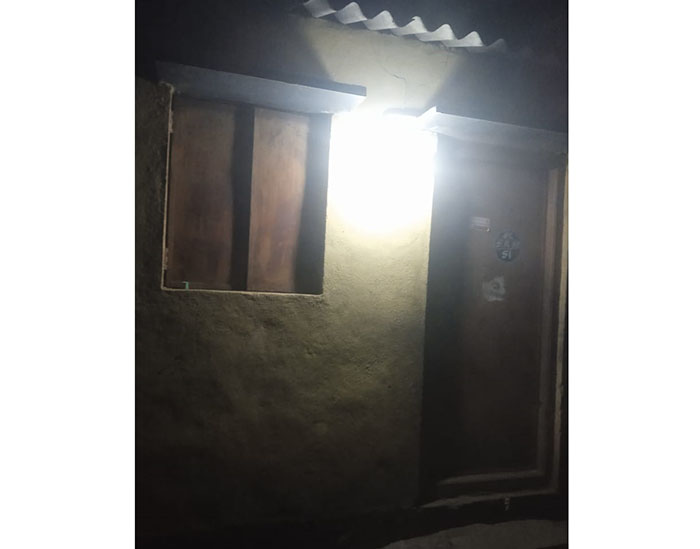
When Governments failed tribals
The tribal hamlets of Billenahosalli and Laskshmanapura are located on the fringes of the Nagarahole Tiger Reserve in Hanagodu Hobli. Many tribals displaced from the forests live here amidst the constant threat of attacks from wild animals.
Due to the apathy of the officers and elected representatives, these tribal hamlets have been without electricity for the last five to six years. Despite efforts to provide electricity, a lack of coordination between the Tribal Welfare Department and Chamundeshwari Electricity Supply Corporation (CESC) hindered progress.
The uninterrupted electricity supplied under a government scheme was disconnected two years ago due to non-payment of bills, as objected to by CESC. Although this power disconnection was raised at various Taluk-level and District-level meetings, no action was taken. Now, thanks to the initiative by NIE-CREST, the tribal hamlets can enjoy renewable electricity. A private firm came to their rescue when the Government failed.
In phase two of the project, two pulverisers for grinding pulses, ragi and masala powder, cooking food and heating water for Anganwadi children will be introduced.
Additionally, e-bicycles will be provided to enhance the mobility of girl students. The system is the Internet of Things (IoT)-based. The microgrid not only supplies much-needed electricity but also supports national targets for biofuels and solar energy missions, aligns with net-zero policies, and contributes to sustainable development goals.
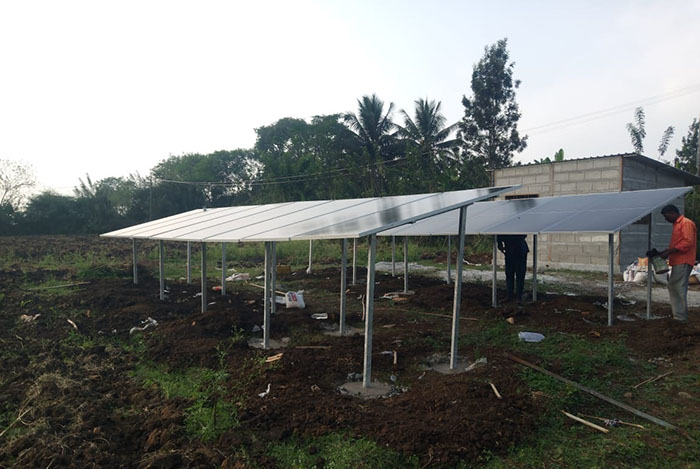
Biogas from biodegradable waste
According to the Founder-President of Mysore Grahakara Parishat (MGP) Bhamy V. Shenoy, who had an opportunity to visit the Billenahosalli and Laskshmanapura tribal hamlets (Haadis), there is a one-room school with about 24 children and a temporary teacher who has been there for the last two years. Additionally, there is one Anganwadi where six children are enrolled.
NIE students planted about 10 saplings that produce seeds used for making biodiesel. A compost box has been set up to generate biogas from biodegradable waste. Nearby, solar panels have been installed alongside a small room that houses a biodiesel-powered diesel generator, an inverter and electronic devices that transmit signals to monitor the microgrid operations.
Remote access, monitoring
At any time, from Mysuru, one can monitor how much solar energy is produced, how much is used by the 73 households, and how much is stored in the batteries. On sunny days, the solar panels can generate about 32 units of electricity per day. There is an inverter with a capacity of 4 KV.
Each house is provided with enough power to light three bulbs and charge one mobile phone. When there is insufficient solar power, the 7.5 KV diesel generator automatically starts to supply power.
“One 10th-standard girl was happy to tell us that she is now able to study for more hours. She seems to be the only girl attending a high school a few miles from her residence,” Shenoy noted.
Visitors learned how renewable energy sources (solar, biodiesel, green hydrogen, and wind) can contribute to sustainable development. They also discovered how Artificial Intelligence can significantly impact future generation and distribution (smart grid) operations.



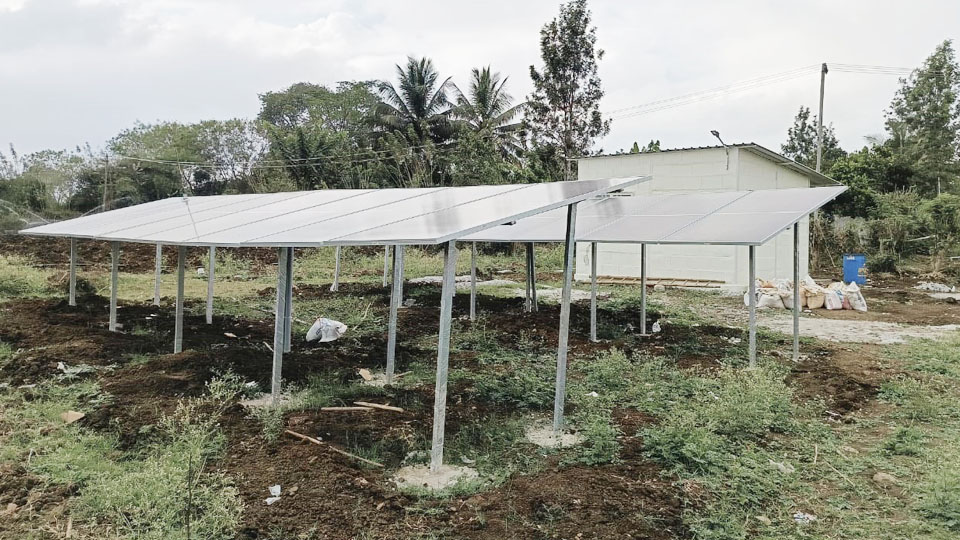
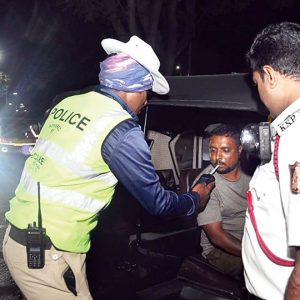
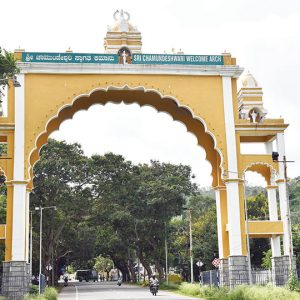
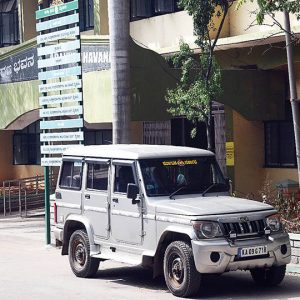

Recent Comments